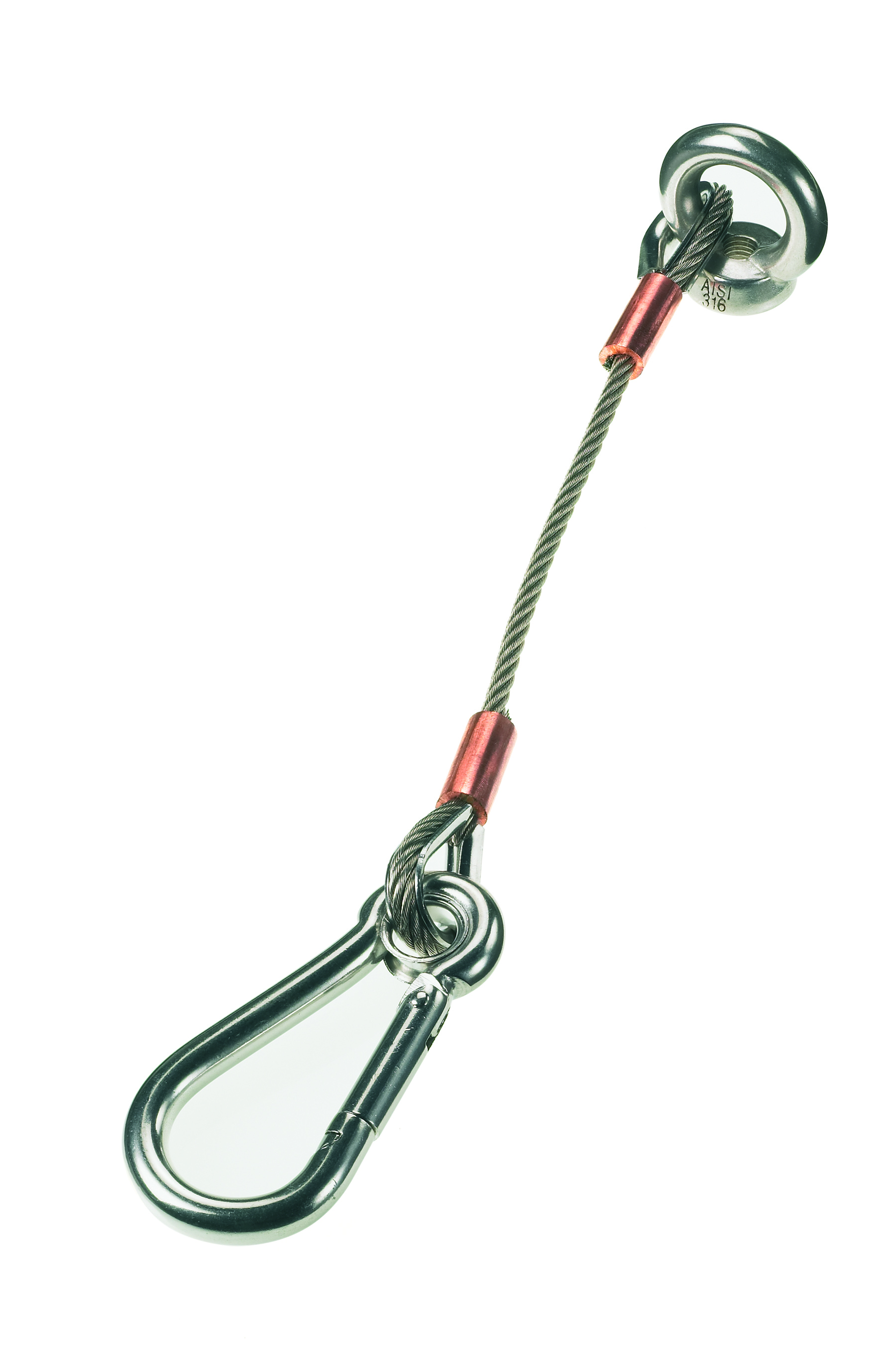hmason
Guru
- Joined
- Aug 9, 2013
- Messages
- 2,764
- Location
- USA
- Vessel Name
- Lucky Lucky
- Vessel Make
- Pacific Mariner 65
When we raise our anchor we allow the windlass to pull it all the way through the rollers until it is very near to, or at a full stop. Then we attach a line to the chain and fasten it to a cleat at the windlass. We then let some chain out so that the weight of the anchor (75#) is being held by the cleat not the windlass.
Others I know simply run the anchor all the way up until the windlass jerks to a stop and then leave it that way. What is the best way? What do you do?
Thanks all.
Others I know simply run the anchor all the way up until the windlass jerks to a stop and then leave it that way. What is the best way? What do you do?
Thanks all.


